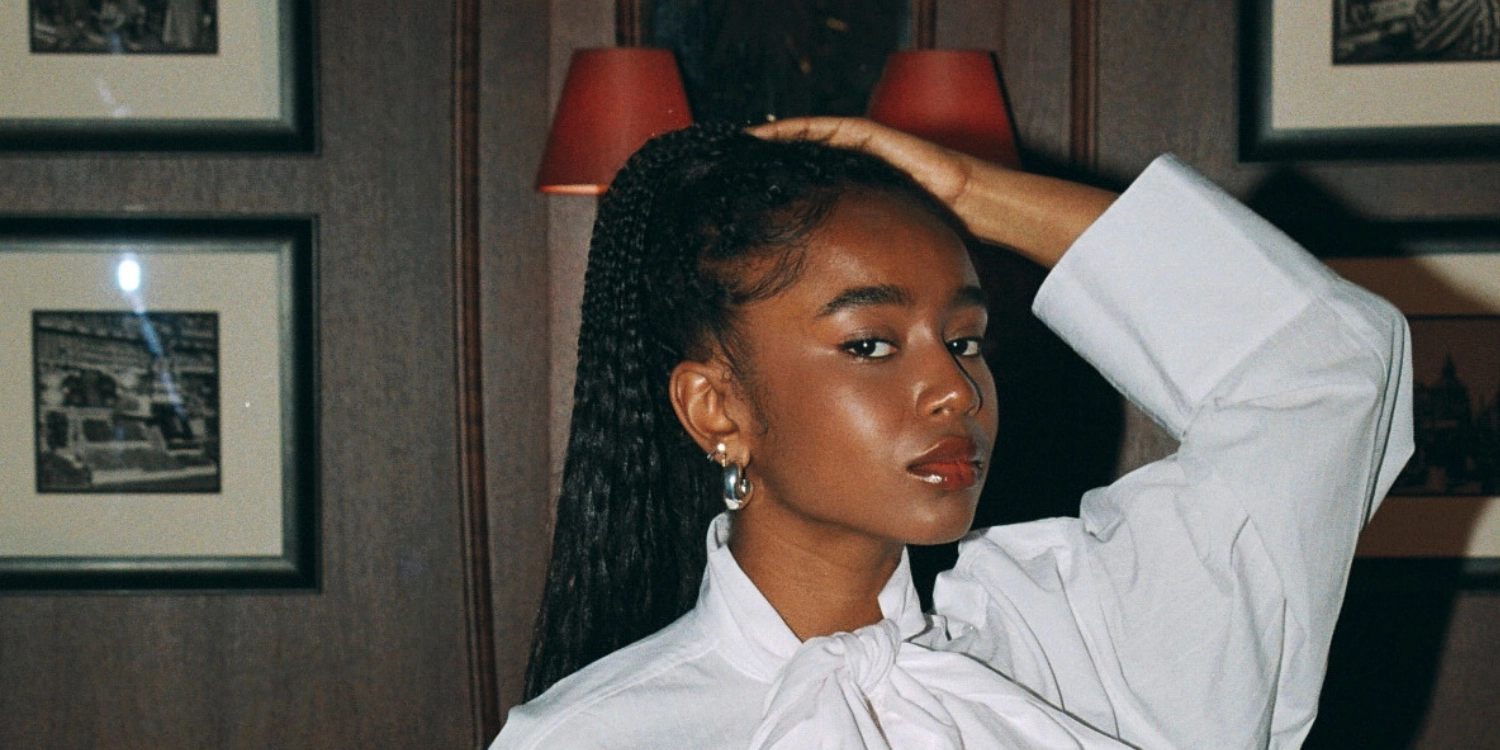Influencer marketing continues to evolve rapidly, and staying ahead of the curve is essential for brands aiming to maximise their impact. In 2025, several key trends are set to shape the landscape, offering fresh opportunities and challenges. We have identified the top 5 influencer marketing trends driving 2025 to watch and leverage for success in the upcoming year.
1. Firework Campaigns: The Element of Surprise
In 2025, brands will need to strike a balance between always-on and creating moments that captivate and surprise their audience. This is where “firework campaigns” come into play. These are high-impact, short-term campaigns designed to generate buzz and curiosity, breaking the monotony of perfectly curated feeds.
A firework campaign can be anything unexpected that the brand stands out from their regular marketing approach, such as a production, a pop up, or even adding a fun twist to an existing product. A great example of this is a Kronans Apotek (a Swedish pharmaceutical client), campaign that created a fashion collection inspired by the pollen season.
While maintaining a consistent brand presence is crucial, introducing occasional standout events that break the norm can spark meaningful conversations. Implementing influencer marketing into these initiatives ensures that content created for the campaign feels native to social media, rather than a paid production slammed onto a social media platform.
2. Social-First Mindset: Embracing Volume and Native Content
The volume of content on social media is set to increase further in 2025, making a “social-first mindset” essential. Brands like Lidl have demonstrated the power of this approach, achieving massive reach in a short period of time, becoming the top-followed company in their segment in just 8 days on TikTok.
This trend emphasises the importance of user-generated content (UGC) tailored for platforms like TikTok. High-quality, polished images will fall flat on a platform where authentic content is key, forcing brands to refocus on producing video content that feels native to the platform. Just take instagram as an example where you need to create stories, posts and reels – that’s a lot of content and resources spent regularly on one channel. Even luxury brands are adopting this approach, with companies like Loewe showcasing a low-key, authentic style that resonates with their audience. Loewe’s TikTok strategy mixes polished content with lighthearted, native videos, such as their humorous “real or cake” videos.
We want to emphasise that there is a momentum on TikTok now and brands need to act quickly before the window closes. In one year it will be hard to become the company with the most followers in your segment in only 8 days.
3. Holistic 360° Content Strategy: Making an Impact Beyond Social Media
Influencer marketing is expanding beyond social media channels, proving its versatility and impact. In 2025, brands should leverage a multi-channel approach, integrating influencer-generated content (IGC) across various platforms. This could include traditional channels like TV and out-of-home (OOH) advertising.
For instance, L’Oréal’s campaign featuring Emelie Tommerberg for Lancôme mascara exemplifies how influencer marketing can extend to newsletters, websites, and across to traditional media. This holistic 360° content strategy enhances brand visibility and engagement across all touch points.
Recently, we have seen brands use this approach on their websites, newsletters, and social media. But we are now seeing brands that have dared to take it further. The Lancôme campaign with Emelie Tommerberg not only appeared on social media but also on bus stops, demonstrating how influencers are becoming the new celebrities for various media channels.
4. Physical Brand Experiences: Meet the Brand IRL
As brands seek to create deeper connections with their audiences, physical brand experiences are making a comeback. Companies, including brands that started as digital natives are now launching merchandise, hosting grand events, and opening pop-up stores.
A great example of a brand that has implemented this success, Djerf Avenue, which transitioned from an online-only presence to hosting pop-ups in LA and NY. Immersive experiences as such allow consumers to engage with the brand in memorable, tangible ways. Luxury brands are also jumping on this trend, creating chic pop-up stores in exotic locations or transforming venues into branded experiences. Hailey Bieber’s Rhode smoothie collaboration at Erewhon is a perfect example of how impactful these experiences can be.
Djerf Avenue also did a takeover of a local ice cream shop in Stockholm. It doesn’t have to be more advanced than that. It just creates a great opportunity for a brand’s audience to meet the brand, the people behind the brand and build a deeper connection to the brand.
5. Employee-Generated Content: Authentic Engagement
In 2025, brands will increasingly tap into employee-generated content to foster authenticity and a personal connection between the brand and consumers. This trend doesn’t require massive budgets but hinges on understanding the target audience’s behaviour, humor, and interests.
Companies like Ryanair and Duolingo have successfully used mascots and employees to create engaging, relatable content. Some brands, such as Flying Tiger, include content creation in employee contracts, dedicating a portion of work hours to filming TikToks. This approach not only humanises the brand, but also builds a community where customers feel connected to the people behind the brand.
In summary, the 5 influencer marketing trends for 2025 highlight the need for creativity, authenticity, and adaptability. From impactful “firework campaigns” to employee-generated content and physical brand experiences, these strategies help brands deepen connections and stay competitive. Embracing these influencer marketing trends will position brands for success in the evolving marketing landscape.


